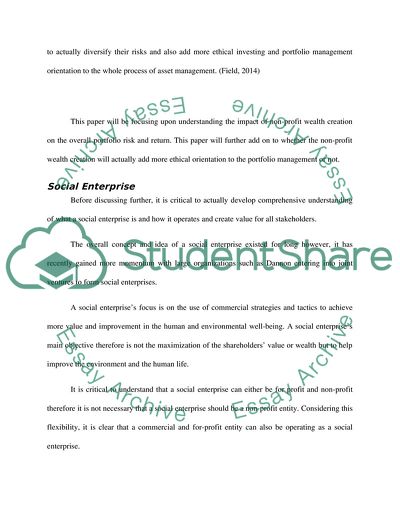Cite this document
(“Social Enterprise And Increasing The Overall Well-being Research Paper”, n.d.)
Social Enterprise And Increasing The Overall Well-being Research Paper. Retrieved from https://studentshare.org/finance-accounting/1678369-asset-management-position-paper-draft
Social Enterprise And Increasing The Overall Well-being Research Paper. Retrieved from https://studentshare.org/finance-accounting/1678369-asset-management-position-paper-draft
(Social Enterprise And Increasing The Overall Well-Being Research Paper)
Social Enterprise And Increasing The Overall Well-Being Research Paper. https://studentshare.org/finance-accounting/1678369-asset-management-position-paper-draft.
Social Enterprise And Increasing The Overall Well-Being Research Paper. https://studentshare.org/finance-accounting/1678369-asset-management-position-paper-draft.
“Social Enterprise And Increasing The Overall Well-Being Research Paper”, n.d. https://studentshare.org/finance-accounting/1678369-asset-management-position-paper-draft.


